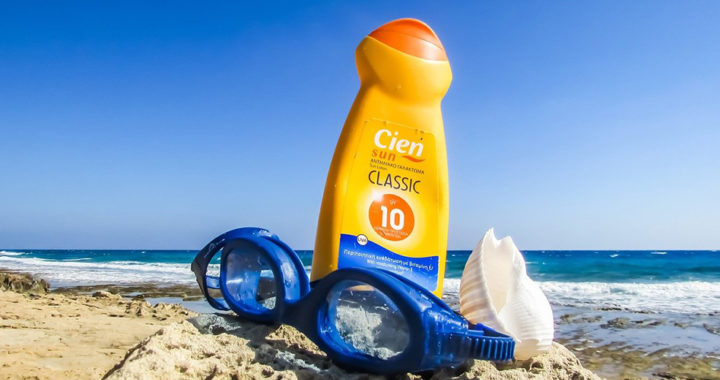The sun protection factor or SPF is a rating system used in sunscreen labeling to partially aid consumers in choosing the most suitable sunscreen product based on their use-case situations or specific intended application. The factor is based on a measure of the fraction of sunburn-causing ultraviolet rays that reach the skin.
What is SPF: A Guide to Understanding SPF Ratings in Sunscreen Products
Reading the Numbers
What exactly is an SPF? What does the number mean? For starters, an SPF rating indicated in a sunscreen tells consumers how much Ultraviolet B radiation will reach the skin. The number that goes next to the “SPF” label fundamentally represents the fraction of UVB rays or the photons of UVB radiation that can potentially hit and penetrate the skin.
For example, using a product with an SPF 15 rating indicated in its label means that only 1/15 of the burning radiation will reach the skin, thus allowing a person to stay under the sun for a couple of hours before developing sunburn.
There is a simpler way to read and understand SPF ratings without going through the trouble of knowing exactly how much UVB radiation a sunscreen can block. A user can determine the effectiveness of a particular product by multiplying the SPF rating by the length of time it takes for him or her to develop sunburn without wearing a protective product and clothing.
Below are sample illustrations of sun protection factor ratings and their general qualitative equivalence in consideration of an assumption that a person takes 10 minutes to develop sunburn when not wearing sunscreen under a specific intensity of sunlight:
• SPF 15: A person using a sunscreen with a sun protection factor of 15 will develop sunburn after 150 minutes of exposure to the same intensity of sunlight. Thus, the product gives this person around 2 hours and 30 minutes of protection from sunburn-causing radiation coming from sunlight exposure.
• SPF 50: Wearing a product with a sun protection factor of 50 will give that same person protection of up to 500 minutes. Hence, if this person normally develops sunburn within 10 minutes of exposure to a particular intensity of sunlight, wearing an SPF 50 sunscreen provides roughly 8 hours and 33 minutes of protection.
Drawbacks and Limitations of the Sun Protection Factor Rating
The sun protection factor somewhat explains how sunscreens work. However, remember that an SPF rating partially aids a consumer in choosing a suitable sunscreen product. It does not provide complete information because of specific drawbacks and limitations. Take note of the following points:
• Different individuals respond differently to sunlight exposure. The average person might develop sunburn within 10 minutes of exposure. Others might take a little less or longer. The rating is not an absolute indicator of how long a person can stay under the sun.
• Sunscreen products need to be reapplied regularly. A particular rating of 15 does not mean one can stay under the sun continuously for a particular length of time relative to his or her sunburn tolerance without reapplication.
• Physical sunscreens are largely insoluble but are not completely water-resistant, while chemical sunscreens can be absorbed by the skin or neutralized by UV radiation. This is another reason why reapplication is necessary.
• It is an imperfect measure of damage and harm caused by ultraviolet radiation. The rating system only measures protection from sunburn. Overexposure to UV radiation also causes invisible damages to the skin.
• Sunburns are caused by UVB rays. The UV radiation that reaches the Earth includes both UVA and UVB rays. Ultraviolet A radiation penetrates the skin deeply and causes photoaging or premature skin aging and indirect damages to RNA and DNA.
• An SPF rating essentially indicates protection from UVB radiation and not UVA radiation. There is no guarantee that a product containing a sun protection factor label can protect from the harmful effects of Ultraviolet A rays.
• Some sunscreens and other related skincare products only have ingredients against UVB radiation. Examples include products containing only titanium dioxide. Look for products with zinc oxide or broad-spectrum organic UV filters.
• An ideal sunscreen should provide broad-spectrum protection from UVA rays and UVB rays. Aside from an SPF rating, some manufacturers in some jurisdictions use additional rating systems such as a PA or Star rating to indicate UVA protection.





